Are you looking for a high-performance mountain bike that can take on any terrain? If so, you need to consider a full suspension mountain bike. These bikes are designed to provide maximum comfort and control while navigating rugged trails and rough terrain.
In this article, we will discuss what full suspension mountain bikes are, the benefits of owning one, and why you should choose one for your next mountain biking adventure. We will also introduce the Trifox Bike Pioneer Complete Bike as an excellent option for anyone looking to take their mountain biking experience to the next level.
What is a Full Suspension Mountain Bike?
A full suspension mountain bike is a type of bike that features both front and rear suspension systems. The front suspension system is located on the fork, while the rear suspension system is built into the frame. The suspension systems work together to absorb shocks and vibrations from the terrain, providing a smooth and comfortable ride.
Benefits of Owning a Full Suspension Mountain Bike:
Increased Comfort: With dual suspension systems, full suspension mountain bikes provide maximum comfort and control while riding on rough terrain. The suspension systems absorb shocks and vibrations, reducing fatigue and minimizing the impact on your body.
Improved Traction: Full suspension mountain bikes offer improved traction, providing better grip and stability on rocky and uneven surfaces. This allows you to navigate challenging trails with greater ease and confidence.
Enhanced Control: The suspension systems on a full suspension mountain bike provide enhanced control and handling, allowing you to maneuver through tight corners and technical terrain with ease.
Versatility: Full suspension mountain bikes are versatile, allowing you to ride on a wide range of terrains, from smooth trails to more rugged and challenging routes.
Reduced Risk of Injury: With the suspension systems absorbing shocks and vibrations, full suspension mountain bikes reduce the risk of injury from impact and fatigue.
Why Choose the Trifox Bike Pioneer Complete Bike?
The Trifox Bike Pioneer Complete Bike is an excellent option for anyone looking to take their mountain biking experience to the next level. It features a Carbon MTB Frame MFM100, Shimano M6100 12-speed drivetrain, and aluminum sus air-remote lockout air fork and 165MM shock, providing maximum comfort and control on any terrain.
The bike also features a super light straight carbon seatpost, hydraulic disc brakes for reliable stopping power, and Trifox tires for improved traction and stability. It's an all-around high-performance mountain bike that's perfect for both beginners and experienced riders.
Conclusion:
In conclusion, full suspension mountain bikes are a great investment for anyone looking to take their mountain biking experience to the next level. They provide maximum comfort, control, and versatility, allowing you to ride on a wide range of terrains and reduce the risk of injury from impact and fatigue.
If you're in the market for a high-performance full suspension mountain bike, we highly recommend the Trifox Bike Pioneer Full Suspension Mountain Bike. It's a well-built and versatile bike that's perfect for any adventure on the trails.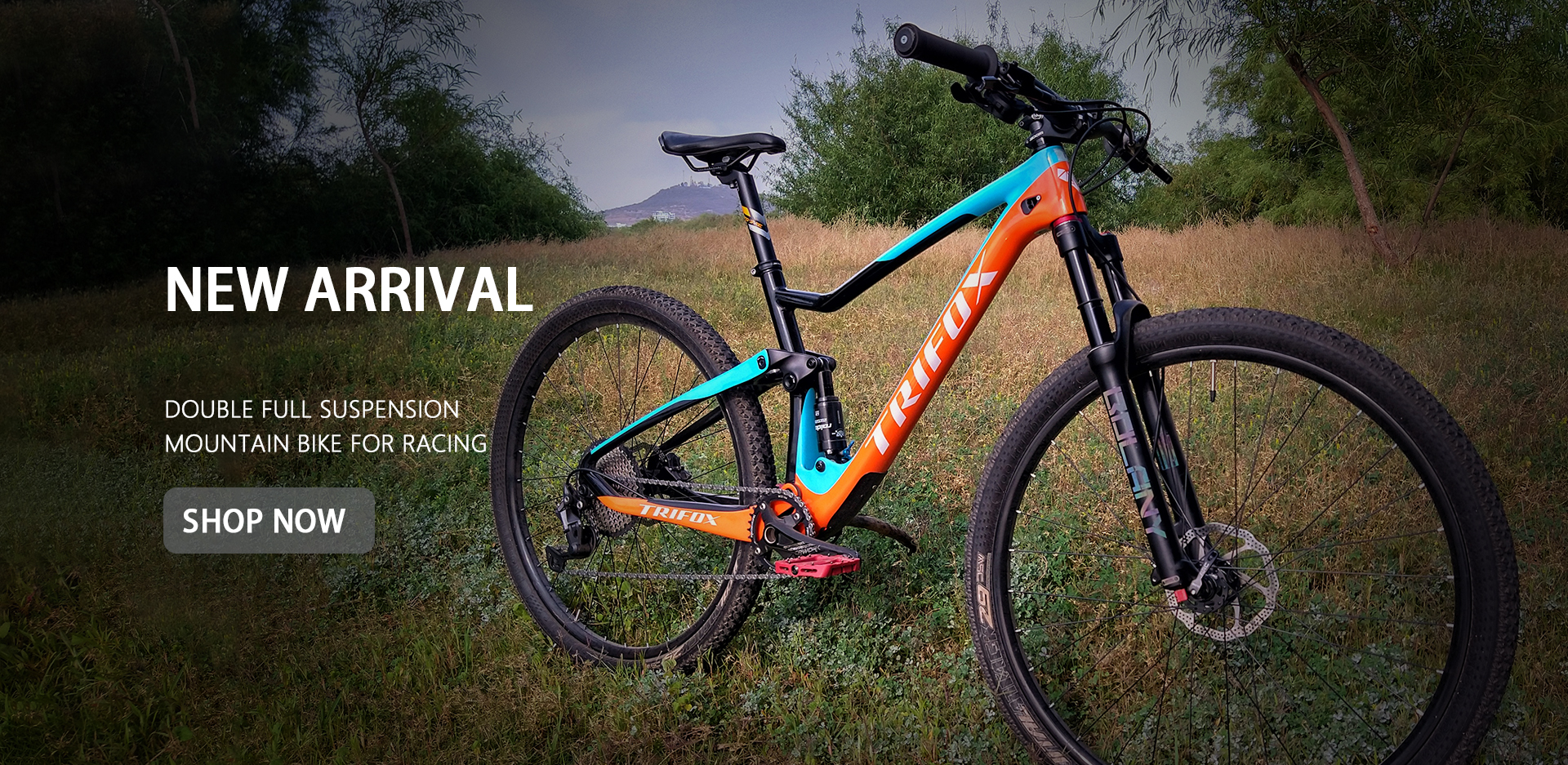
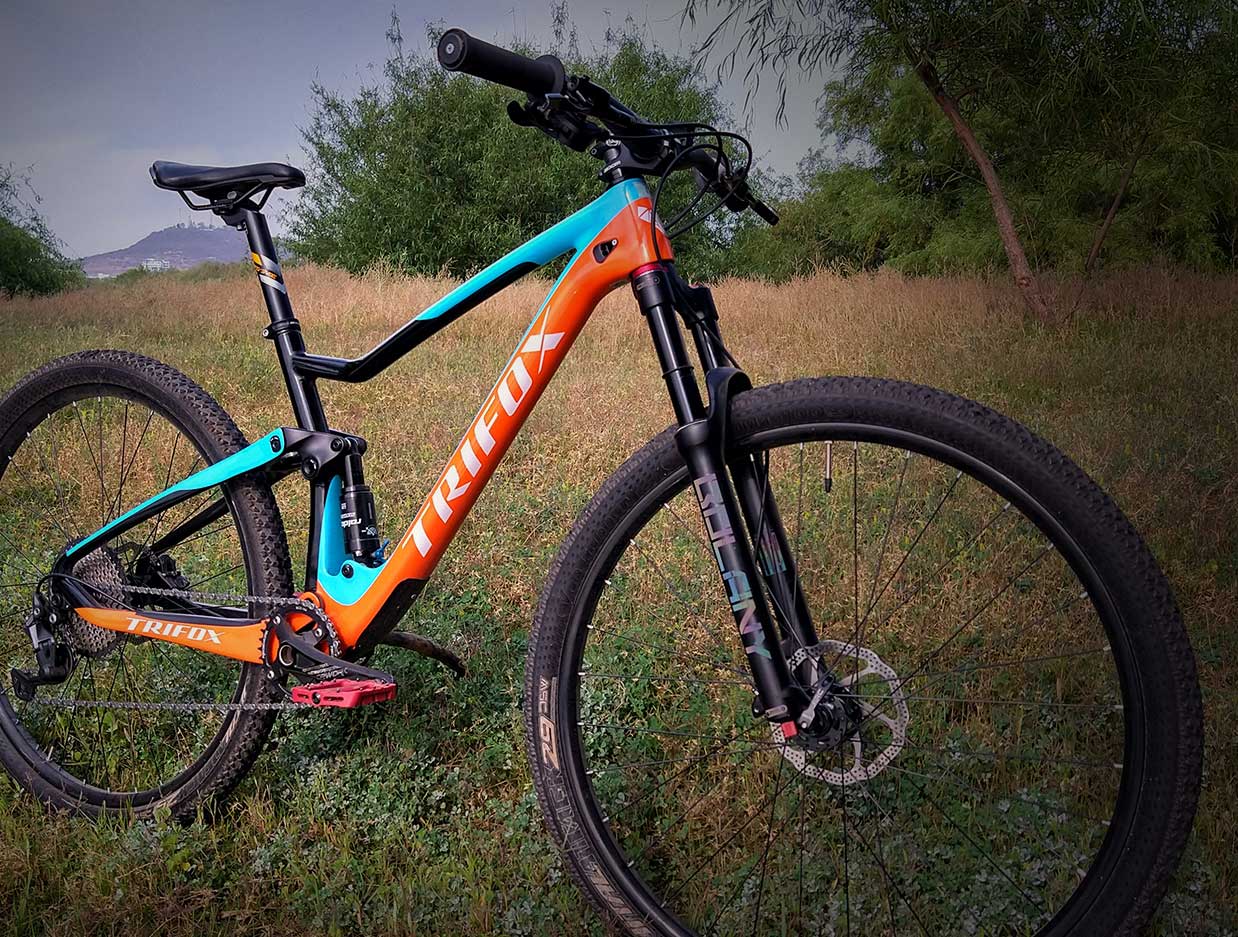
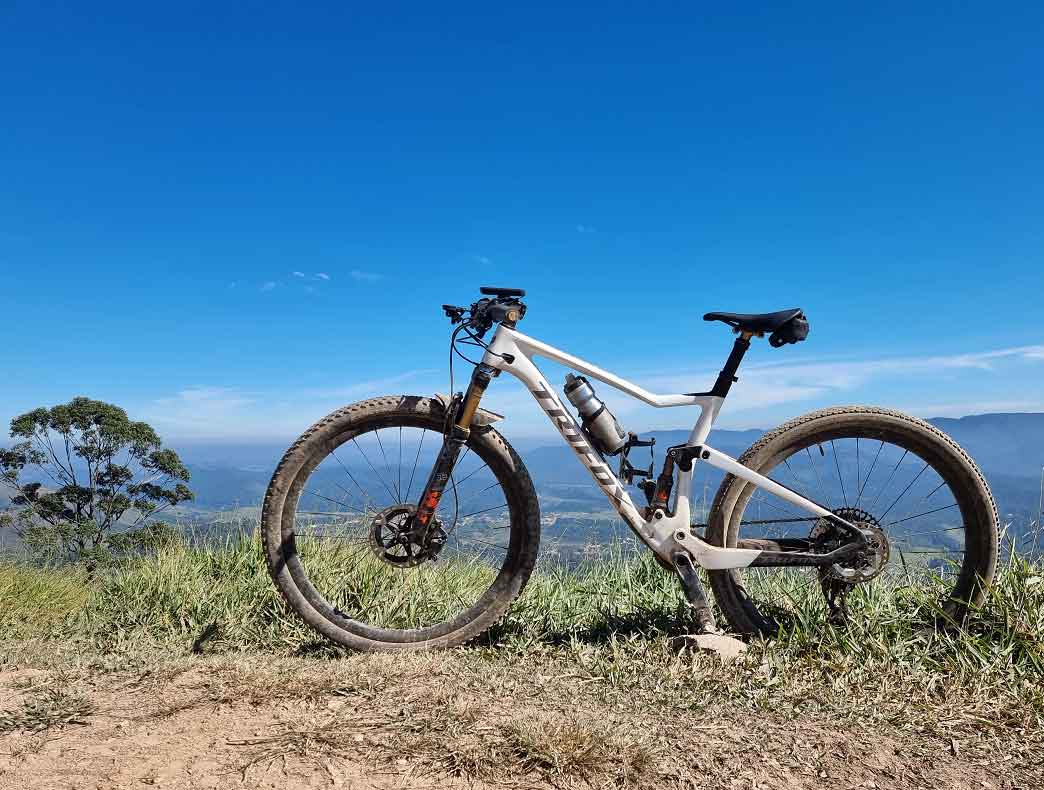
One of the essential components of any bike is its frame, as it determines the bike's stability, comfort, and performance. Bike frames come in all shapes, sizes, and materials, with each having a specific purpose and design. One of the common sizes of bike frames is 21 inches, which is ideal for taller riders.
Now, we will discuss the various inch bike frames available and understand what size frame will suit your body type.
1. 21 inch bike frames
A 21 inch bike frame is suitable for riders who are 6'4" to 6'7". It allows ample leg extension and comfort, preventing the rider from feeling cramped while pedaling. However, it's essential to select the right type of 21 inch bike frame, as various designs and materials have different characteristics. For instance, if you're using the bike for off-road or mountain biking, a full-suspension 21-inch frame may provide a smoother ride.
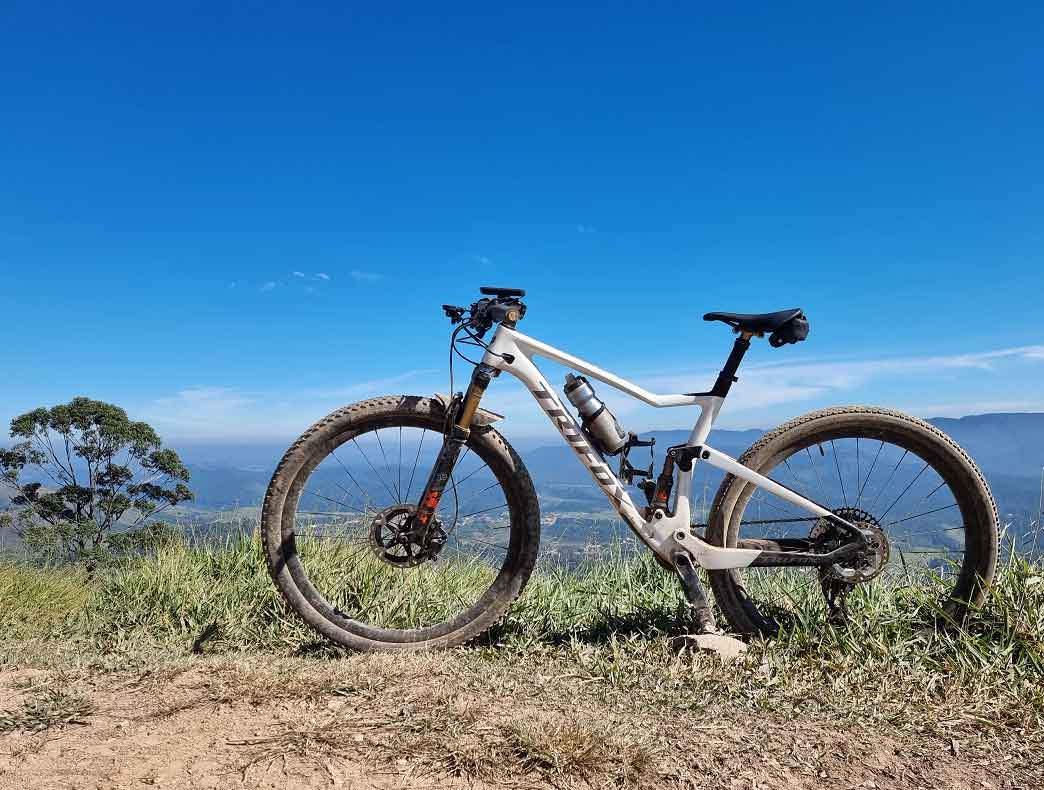
2. 19-inch bike frames
A 19-inch bike frame is suitable for riders who have a height range between 5'10" and 6'2". It's a versatile frame size, suitable for both road and mountain biking. It's essential to select a 19-inch frame that suits your riding style, as a mountain bike frame design will differ from a road bike frame. A mountain bike frame may be more durable, whereas a road bike frame may prioritize speed and efficiency.
3. 17-inch bike frames
A 17-inch bike frame is ideal for riders who have a height range between 5'4" and 5'8". It's a smaller frame size, primarily designed for road biking. A small frame size allows the rider to maintain a more aerodynamic posture and gain speed more easily. However, it's vital to test a 17-inch frame before purchasing, as it may feel cramped and uncomfortable for extended periods.
4. Other bike frame sizes
Apart from the above-mentioned standard bike frames, there are several other sizes available, such as 15-inch, 13-inch, and 11-inch frames. These sizes are designed for children and people with shorter heights. It's essential to select the right size frame for children, as a bike that's too big or small may cause discomfort and instability.
Conclusion:
In conclusion, selecting the right size bike frame is essential to ensure a safe and comfortable ride. One of the common sizes for taller riders is 21-inch frames, whereas smaller frames such as 17-inch are designed for road biking and gaining speed. It's essential to select the right design and material for your frame, based on your riding style.
A mountain bike frame will be different from a road bike frame in terms of durability, suspension, and stiffness. Before purchasing, it's vital to test the bike and frame to ensure it suits your height and riding style.
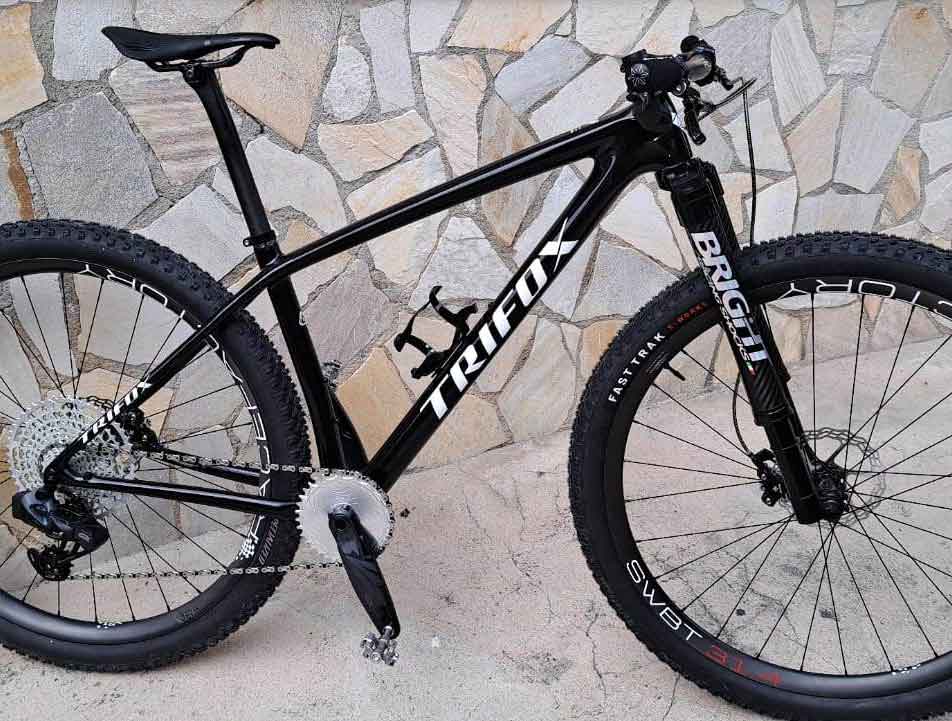
Carbon mountain bike frame are popular among riders who are looking for a bike that is lightweight, strong, and durable. Carbon fiber is a popular material for mountain bike frames because it is lightweight, stiff, and absorbs shock, which makes it ideal for off-road riding.
Carbon fiber mountain bike frames come in different types, and in this blog post, we will discuss the different types of carbon fiber mountain bike frames that are available in the market.
1. Monocoque Frames
The monocoque frame is a popular type of carbon fiber mountain bike frame that is commonly used in high-end bikes. It is made by molding carbon fiber into a one-piece structure that is strong and stiff. Monocoque frames are popular because they are lightweight and provide excellent shock absorption. The downside of this type of frame is that it is expensive to produce.
2. Hybrid Frame
As the name suggests, a hybrid frame is a combination of two materials, carbon fiber, and aluminum. The aluminum is used for the rear end of the bike, while the carbon fiber is used for the front end. This combination provides a bike that is both strong and lightweight. The hybrid frame is ideal for riders who want the best of both worlds.
3. Laminated Frame
The laminated frame is a type of carbon fiber mountain bike frame that is made by layering sheets of carbon fiber on top of each other and bonding them together with epoxy resin. This technique is cheaper than the monocoque technique, but it still provides a strong and stiff frame. The downside of this type of frame is that it is heavier than the monocoque frame.
4. Tube-to-Tube Frame
The tube-to-tube frame is a type of carbon fiber mountain bike frame that is made by bonding individual tubes together to create the frame. This technique is cheaper than the monocoque technique, and it provides a bike that is strong and lightweight. The downside of this type of frame is that it is not as stiff as the monocoque or laminated frames.
5. Truss Frame
The truss frame is a unique type of carbon fiber mountain bike frame that looks like a bridge. The triangular design provides a strong and rigid frame that is ideal for off-road riding. The truss frame is relatively expensive to produce, which makes it a rare type of frame.
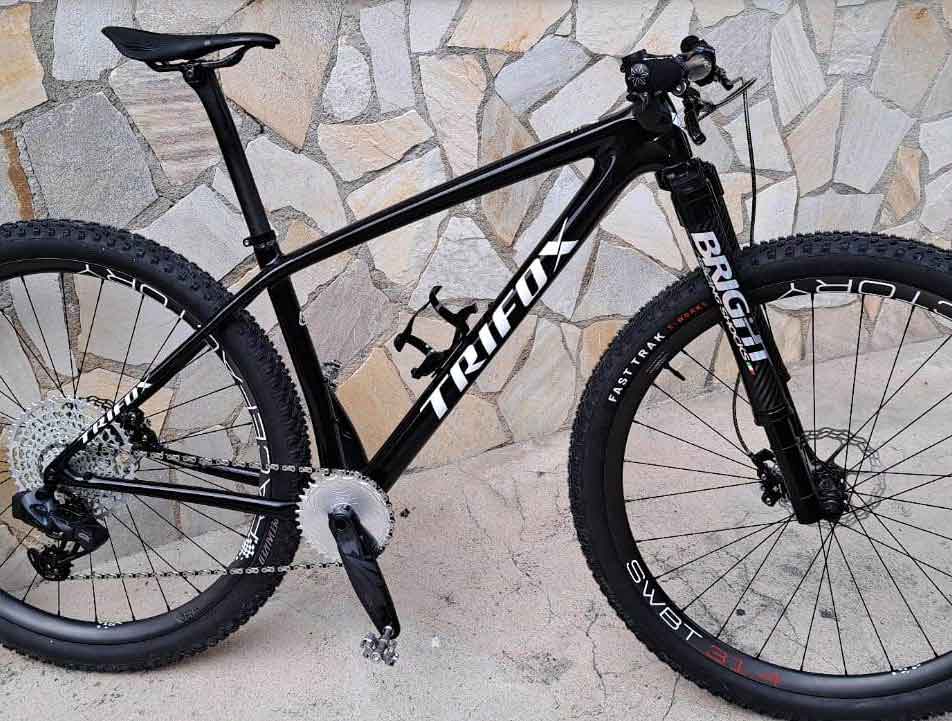
Conclusion:
In conclusion, carbon fiber mountain bike frames come in different types, and riders should choose the one that best suits their riding needs and budget. Monocoque frames are ideal for riders who want the lightest and stiffest frame, while laminated and tube-to-tube frames are cheaper alternatives that still provide a strong and stiff frame. Hybrid frames are ideal for riders who want the best of both worlds, and the truss frame is a rare type of frame that provides a unique design that is strong and rigid.
Whatever type of carbon mountain bike frame you choose, you are guaranteed a bike that is lightweight, strong, and durable, perfect for off-road adventures.
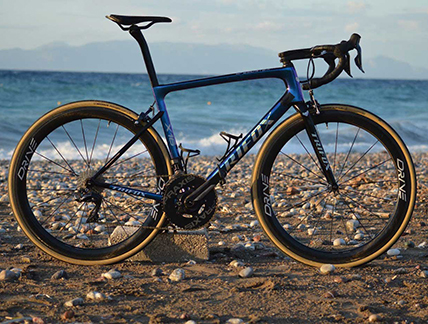
When it comes to choosing the right road bike frameset, there are two popular options to consider: steel and carbon fiber. Both materials have their unique strengths and weaknesses, and each one is suited for different types of riders and riding styles.
In this article, we will discuss the differences between steel and carbon fiber road bike framesets, their pros and cons, and which one is best suited for you.
Steel Road Bike Frameset:
Steel has been the preferred material for road bike frames for decades due to its strength, durability, and ride quality. Steel frames are known for their comfortable and smooth ride thanks to their natural vibration damping properties. They are also ideal for touring and long-distance rides due to their ability to carry heavy loads.
Pros:Comfortable and smooth ride
Durable and long-lasting
Ideal for touring and long-distance rides
Affordable
Cons:Heavy compared to carbon fiber
Not as stiff, making them less responsive
Prone to rust and corrosion if not maintained properly
Carbon Fiber Road Bike Frameset:
Carbon fiber is a relatively new material used in road bike frames, but it has quickly gained popularity due to its light weight, stiffness, and aerodynamic properties. Carbon frames are designed to provide maximum power transfer and responsiveness, making them ideal for racing and high-performance rides.
Pros:
Lightweight and stiff, providing maximum power transfer
Aerodynamic properties reduce wind resistance, increasing speed
Customizable layup for different ride characteristics
Can be molded into complex shapes for improved aesthetics
Cons:
Expensive compared to steel
Not as durable as steel and more prone to damage from impacts
Harsh ride quality due to lack of vibration damping properties
Requires special care and maintenance to avoid damage from UV exposure and stress
Which One to Choose?
Choosing between steel and carbon fiber road bike frameset comes down to your riding style, preferences, and budget. If you prioritize comfort, durability, and affordability, steel is the way to go. It's ideal for touring, long-distance rides, and everyday use.
On the other hand, if you prioritize speed, performance, and aesthetics, carbon fiber is the better choice. It's ideal for racing, high-performance rides, and those who want the lightest and most responsive bike possible. You can find a carbon road bike frameset for you on the Trifox website.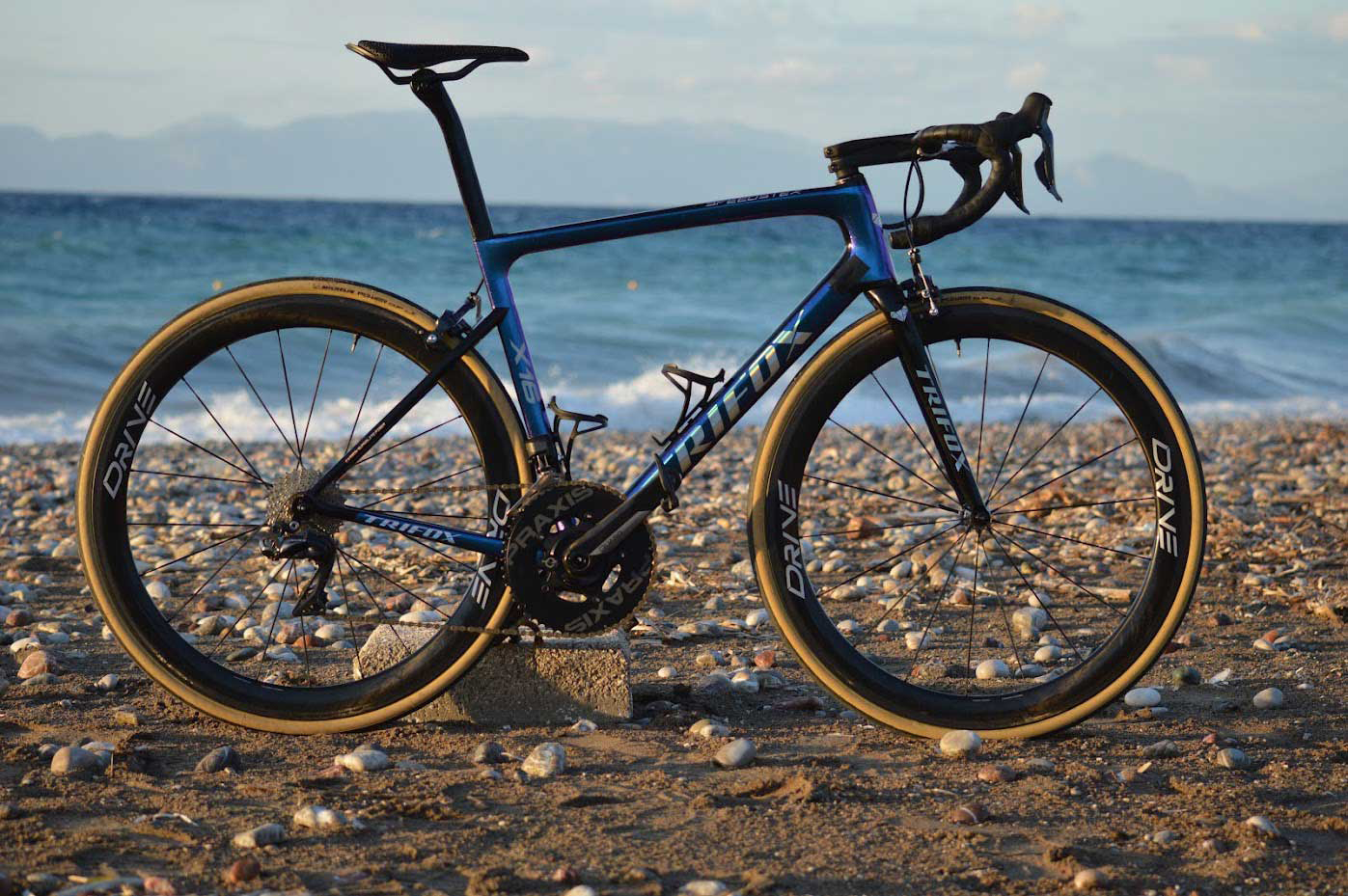
Conclusion:
In conclusion, choosing between road bike steel frameset and carbon road bike frameset comes down to your personal preferences, riding style, and budget. Both materials have their unique strengths and weaknesses, and each one is suited for different types of riders and riding styles.
If you're still unsure which one to choose, we recommend trying out both materials to see which one feels the most comfortable and suitable for you. Remember, the right frameset can make all the difference in your cycling experience, so choose wisely.
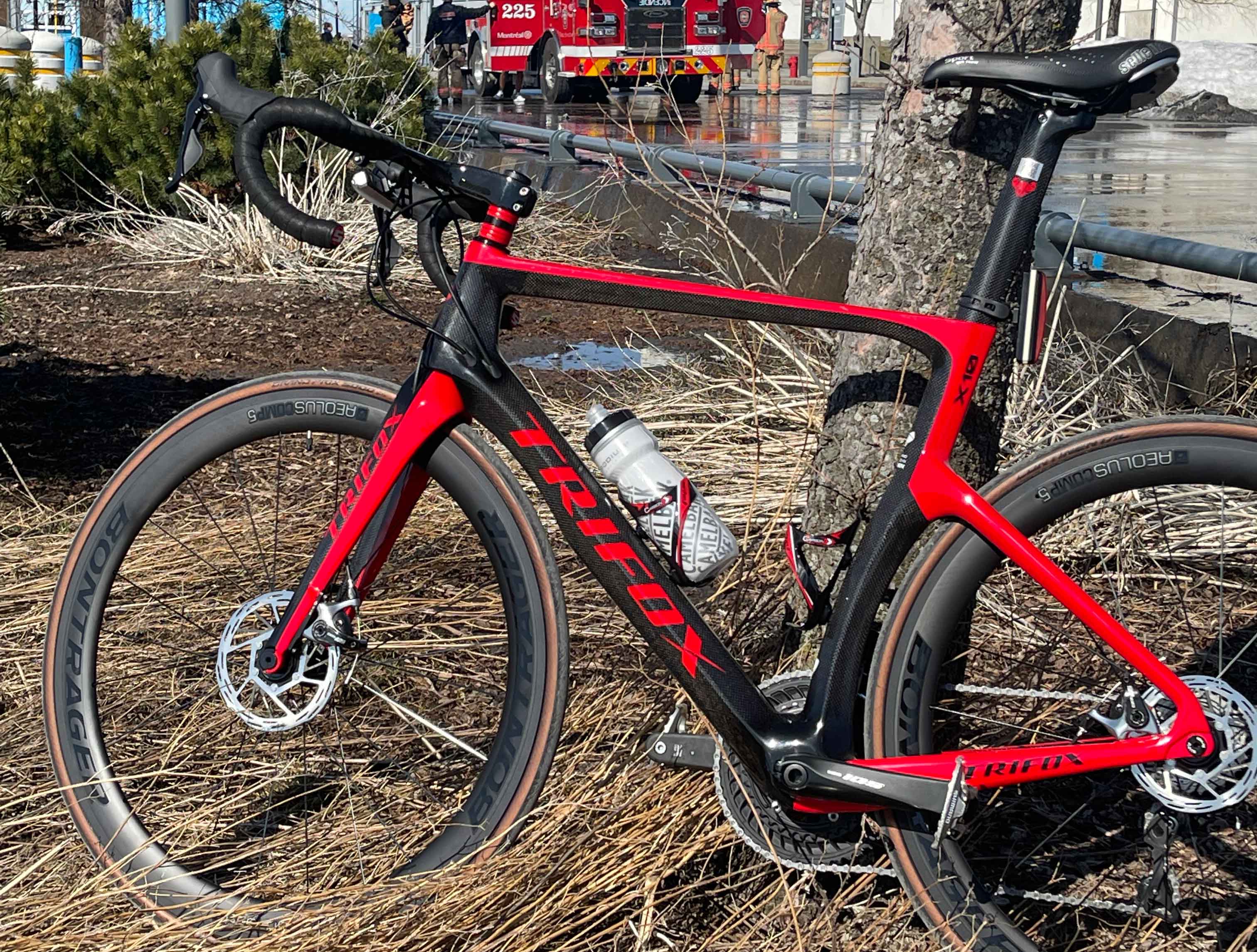
Road biking is a fun and exhilarating way to explore the great outdoors while getting a good workout. But if you're new to the sport, one of the most intimidating aspects can be figuring out what size road bike frame you need. Getting the right fit is crucial for comfort, efficiency, and preventing injury.
The first step in finding the right road bike frame size is to measure yourself. Most bike manufacturers use the measurement of the length of the seat tube to determine frame size, usually measured in centimeters. To measure yourself, stand barefoot with your back against a wall, and measure the distance from the floor to your crotch. This measurement is known as inseam length and is a good starting point for choosing the right frame size.
Once you know your inseam length, you can consult a road bike frame size chart. These charts typically list rider height and inseam length to recommend a frame size. It's important to remember that these charts are just a starting point, and riders may fall in between sizes or have different proportions that affect fit. It's always best to test-ride a bike before purchasing it to ensure a comfortable fit.
In addition to frame size, it’s important to consider other factors that affect fit, such as saddle height and handlebar reach. Saddle height is the distance between the top of the saddle and the center of the bottom bracket, and can be adjusted by raising or lowering the saddle. Handlebar reach is the distance between the saddle and the handlebars and can be adjusted by changing the stem or handlebars themselves.
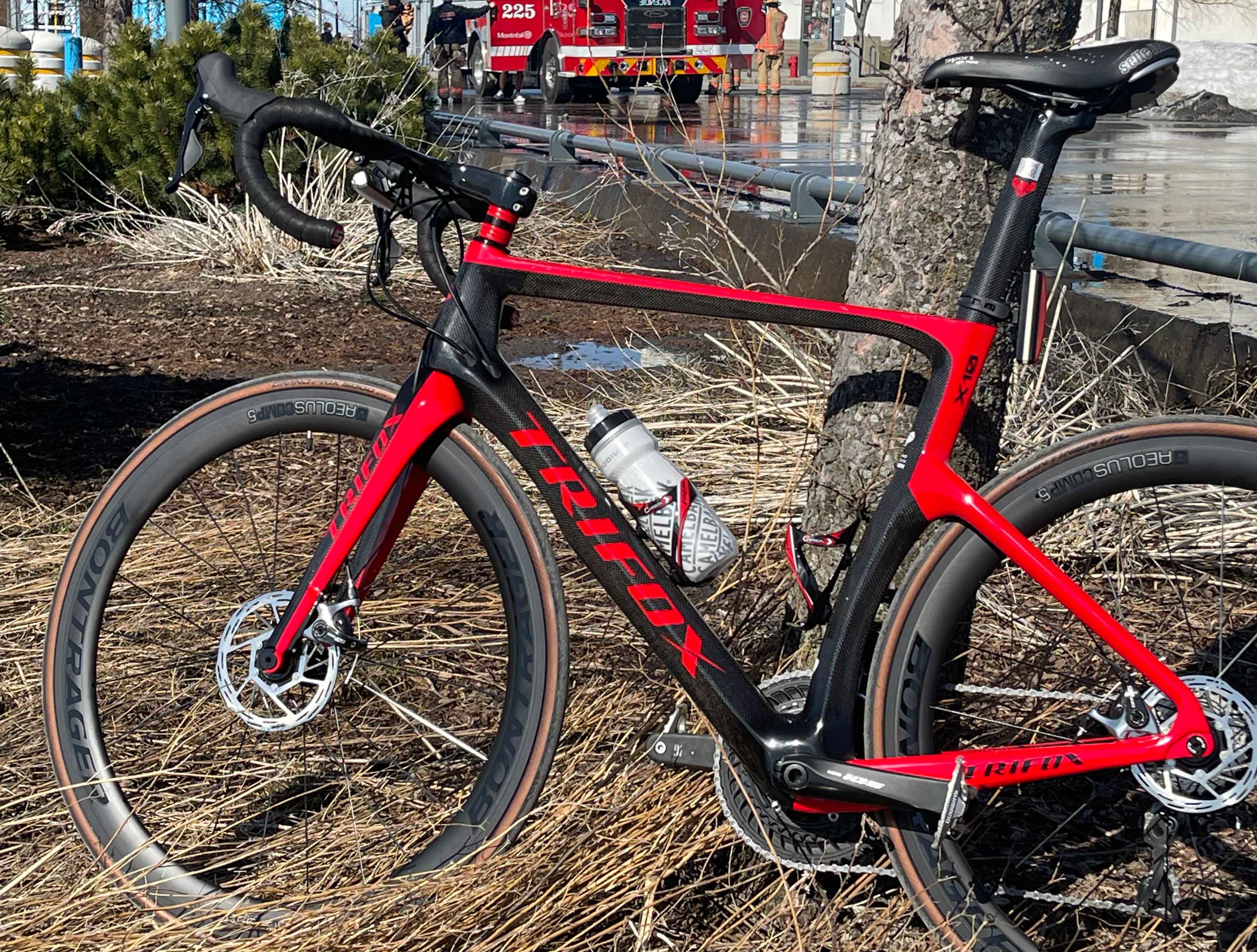
One thing to keep in mind when it comes to frame size is that smaller frames tend to be more maneuverable and easier to handle, but they may not be as comfortable for long rides or for taller riders. Larger frames offer a more upright riding position and are better for taller riders, but can be less maneuverable. It’s all about finding the right balance of comfort and performance for your individual needs.
If you're in the market for a new road bike frame, consider the Trifox 700C Carbon Road Bike Frameset X10. This frame is made from a high-rigid, lightweight carbon fiber combination that provides excellent performance and efficiency. It’s also fully customizable with adjustable seat and chainstay lengths to fit a wide range of rider sizes and preferences.
Conclusion:
Finding the right road bike frame size is essential for getting the most out of your cycling experience. By measuring yourself and consulting a size chart, you can find a starting point for choosing the right size frame.
However, it's important to remember that fitting is an individual process, and other factors like saddle height and handlebar reach can also affect comfort and performance. By taking the time to make adjustments and test-ride different options, you can find the perfect fit for your needs.
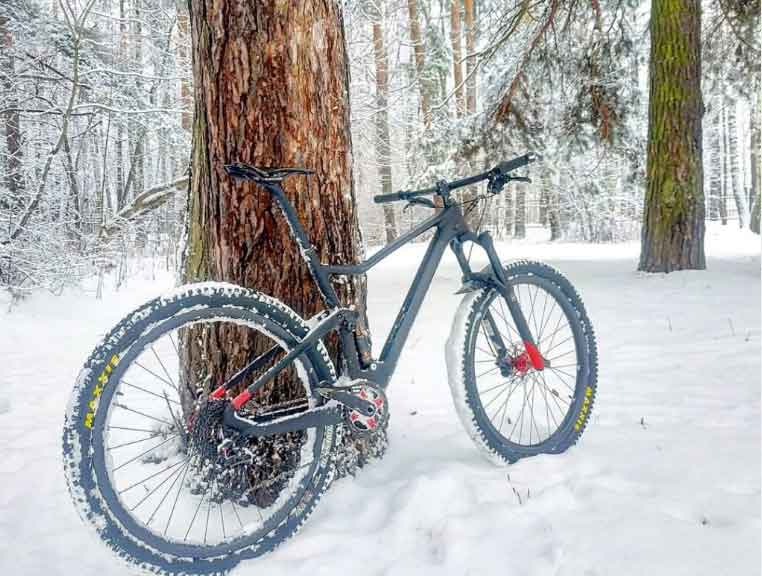
Winter exercises can improve the body's ability to adapt to cold conditions. The body is strong and the chance of getting sick is much less than that of ordinary people. But for some people with a softer respiratory tract, the dry and cold air outdoors in winter often makes their outdoor exercise plans sour.
In fact, as long as you pay attention to some basic breathing methods during exercise, you can protect your respiratory tract from the damage of dry and cold air during winter exercise.
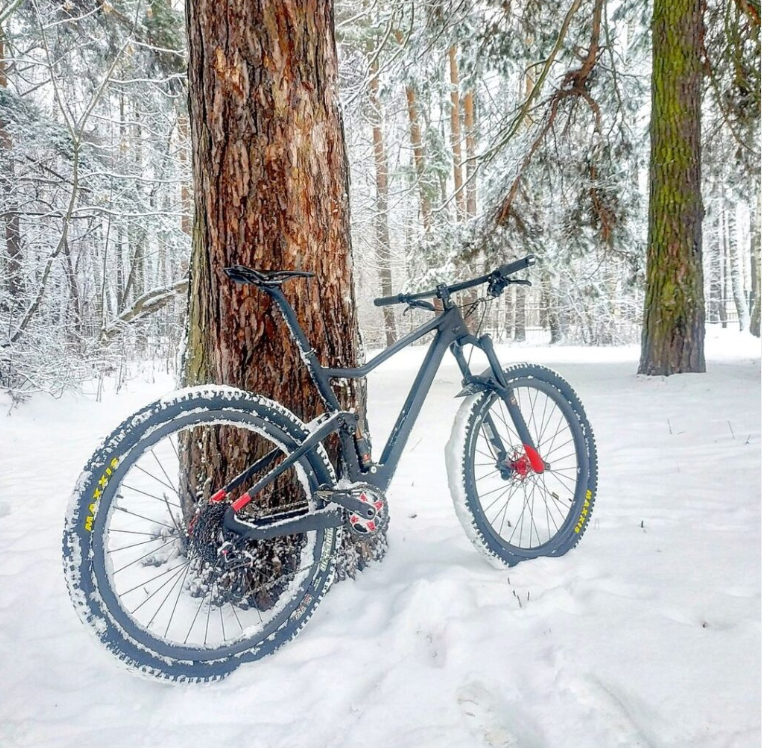
Outdoor exercise is best to breathe through the nose
When doing physical exercises in winter, you should consciously control your breathing rate. It is best not to exceed 20-30 beats per minute.
The breathing rate can reflect the human body's exercise capacity. For people who have just taken outdoor exercises, a fast breathing rhythm often indicates excessive exercise intensity.
In winter, the air itself is relatively dry, and breathing is too rapid, which will cause a greater burden on the respiratory system and increase the incidence of pneumonia and bronchitis.
It is best to breathe through the nose during outdoor sports in winter. There are abundant blood vessels and more secretory glands in the nasal mucosa. When the cold air passes through the nasal cavity, it can play a role in heat preservation and moisturizing, so as to avoid cold, dryness, or accompanying Dust and pathogenic microorganisms are inhaled into the lungs.
Even if you can't breathe completely through your nose during high exercise intensity, you should take a combined mouth-nose breathing method, or roll the front of your tongue slightly against your palate to prevent the cold air from directly irritating your throat and lungs.
Deepen exhalation to improve discomfort
You should pay attention to adjusting your breathing style during outdoor sports in winter. Especially for people who have just started to exercise, their own respiratory system, blood oxygen supply capacity, and the activity of the entire body are poor.
If the exercise intensity is too high, it will tend to increase the frequency of breathing, and more superficial breathing occurs. In this way, the inhalation depth is greater than the exhalation depth during exercise, which will cause the chest to become stuffy and difficult to breathe for a long time.
At this time, you should adjust your breathing method and exhale more deeply. This will improve your breathing and reduce the discomfort caused by winter sports.

























































